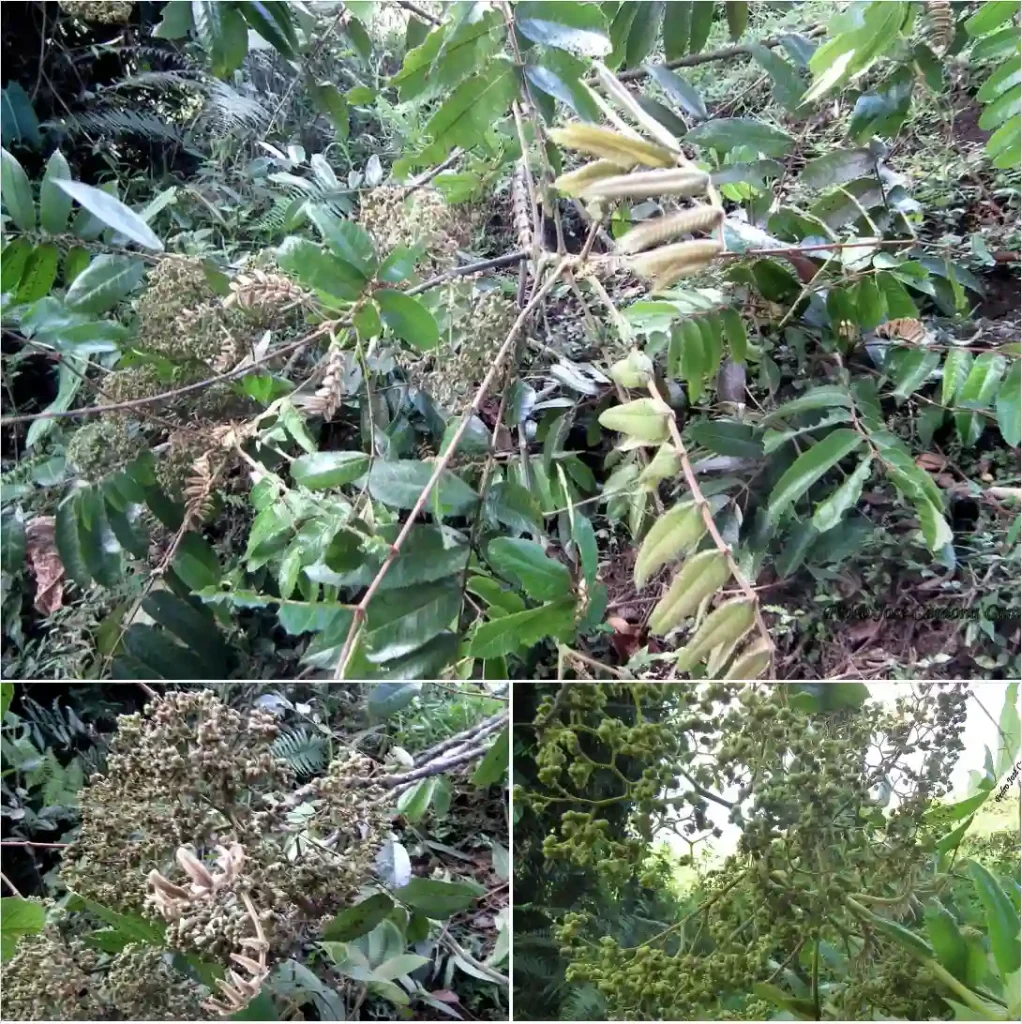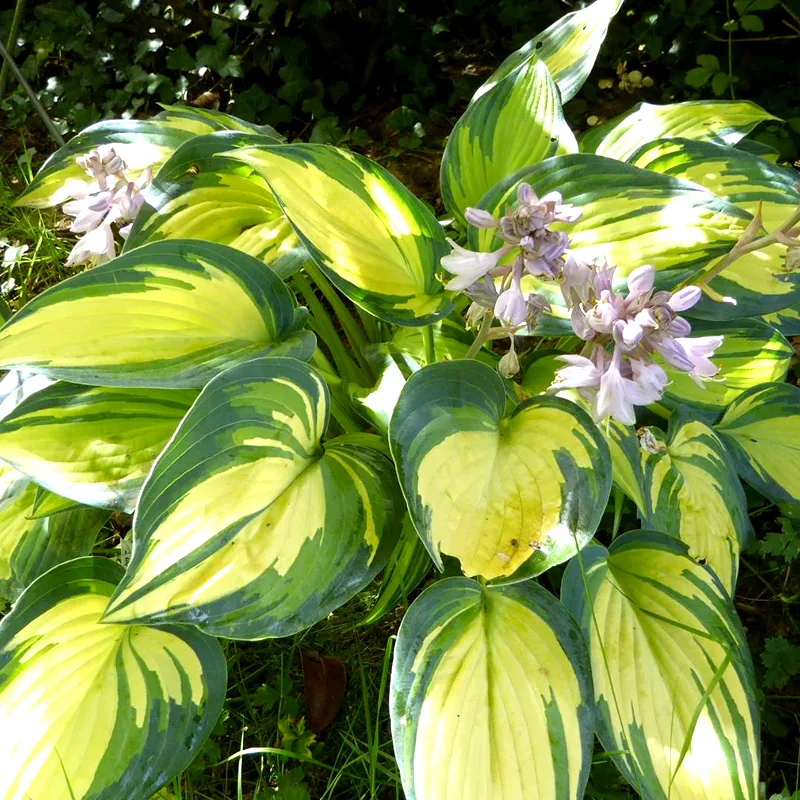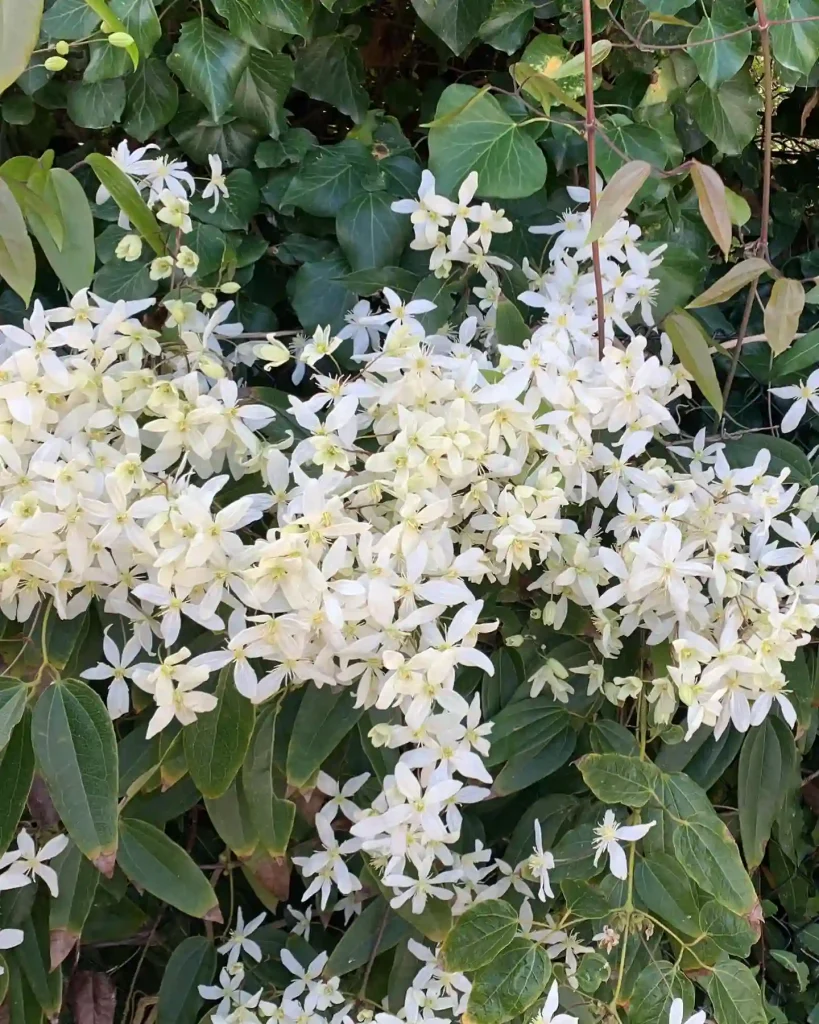Exploring the Casuarinaceae Family
The Casuarinaceae family, commonly known as the sheoak family, is a fascinating group of trees and shrubs that have captured my interest over the years. These plants are primarily found in tropical and subtropical regions, and they hold significant ecological and cultural importance. The family comprises four main genera: Allocasuarina, Casuarina, Ceuthostoma, and Gymnostoma. Each of these genera offers unique characteristics and contributions to their ecosystems, making them worth exploring in depth.
Allocasuarina: The Unique Features
Allocasuarina is a genus that stands out due to its distinct needle-like leaves, which resemble those of conifers. I’ve come to appreciate the beauty of Allocasuarina species in landscapes. Their slender branches and delicate foliage create a soft, feathery appearance that adds elegance to any garden.
One of the things I find most fascinating about Allocasuarina is its adaptability. These trees can thrive in poor soils and tolerate drought, making them suitable for various climates. They are also known to form symbiotic relationships with nitrogen-fixing bacteria, enriching the soil and promoting biodiversity. This ecological role is vital, especially in areas prone to soil degradation.
In my experience, planting Allocasuarina in my garden not only enhances the aesthetic appeal but also contributes positively to the local ecosystem. They can attract various wildlife, including birds and insects, making them a valuable addition to any landscape design.
Casuarina: The Versatile Champion
Moving on to Casuarina, this genus is perhaps the most recognized member of the Casuarinaceae family. Known for its tall, slender trunks and bushy canopies, Casuarina trees are often used for reforestation and erosion control. I’ve seen firsthand how effective these trees can be in stabilizing soil in coastal areas.
What impresses me about Casuarina is its resilience. These trees can withstand harsh coastal conditions, including salt spray and strong winds. I remember visiting a coastal restoration project where Casuarina played a crucial role in rebuilding sand dunes. Their extensive root systems helped anchor the sand, preventing erosion and providing habitat for various species.
Moreover, Casuarina species are highly valued for their timber. The wood is dense and durable, making it ideal for furniture and construction. My personal experience with using Casuarina wood in furniture projects has shown me just how versatile and beautiful it can be.
Ceuthostoma: The Lesser-Known Gem
Ceuthostoma may not be as well-known as Allocasuarina or Casuarina, but it certainly has its charm. This genus consists of smaller trees or shrubs that thrive in subtropical regions. While I haven’t had the opportunity to cultivate Ceuthostoma personally, I’ve come across several discussions in plant enthusiast communities that highlight their ornamental value.
Ceuthostoma species are often praised for their unique growth forms and attractive bark. These features make them ideal for gardens focused on aesthetic diversity. Their adaptability to various soil types and conditions further adds to their appeal. I’ve seen Ceuthostoma used in landscape designs that aim to create a naturalistic look, and the results are always striking.
In addition to their beauty, Ceuthostoma species also provide ecological benefits. They serve as food sources for various wildlife, contributing to the overall health of the ecosystems in which they grow.
Gymnostoma: The Rare Find
Finally, we come to Gymnostoma, a genus that intrigues me due to its rarity and unique characteristics. Gymnostoma species are mostly found in New Caledonia and other Pacific islands, making them less accessible for cultivation in my area. However, their distinct features make them worth mentioning.
Gymnostoma trees are often characterized by their dense canopies and unique growth habits. I’ve read about their potential uses in agroforestry systems, where they can provide shade for crops while contributing to soil health. This multifunctionality is something I find appealing in any plant species.
As I delve into the world of Gymnostoma, I appreciate the importance of conservation efforts. Protecting these rare species is crucial, not only for biodiversity but also for the unique ecosystems they inhabit.
Conclusion: The Importance of Casuarinaceae
The Casuarinaceae family, with its diverse genera, showcases the beauty and utility of nature’s offerings. Each genus—Allocasuarina, Casuarina, Ceuthostoma, and Gymnostoma—brings its own set of characteristics that contribute to both ecological balance and human interests.
As I continue my journey in gardening and plant conservation, I remain fascinated by the potential of the Casuarinaceae family. Whether it’s the resilient Casuarina or the lesser-known Ceuthostoma, these plants remind me of the intricate connections between beauty, utility, and sustainability in our natural world. By exploring these genera, I hope to inspire others to appreciate and cultivate these remarkable plants in their own landscapes.
If i die, water my plants!



